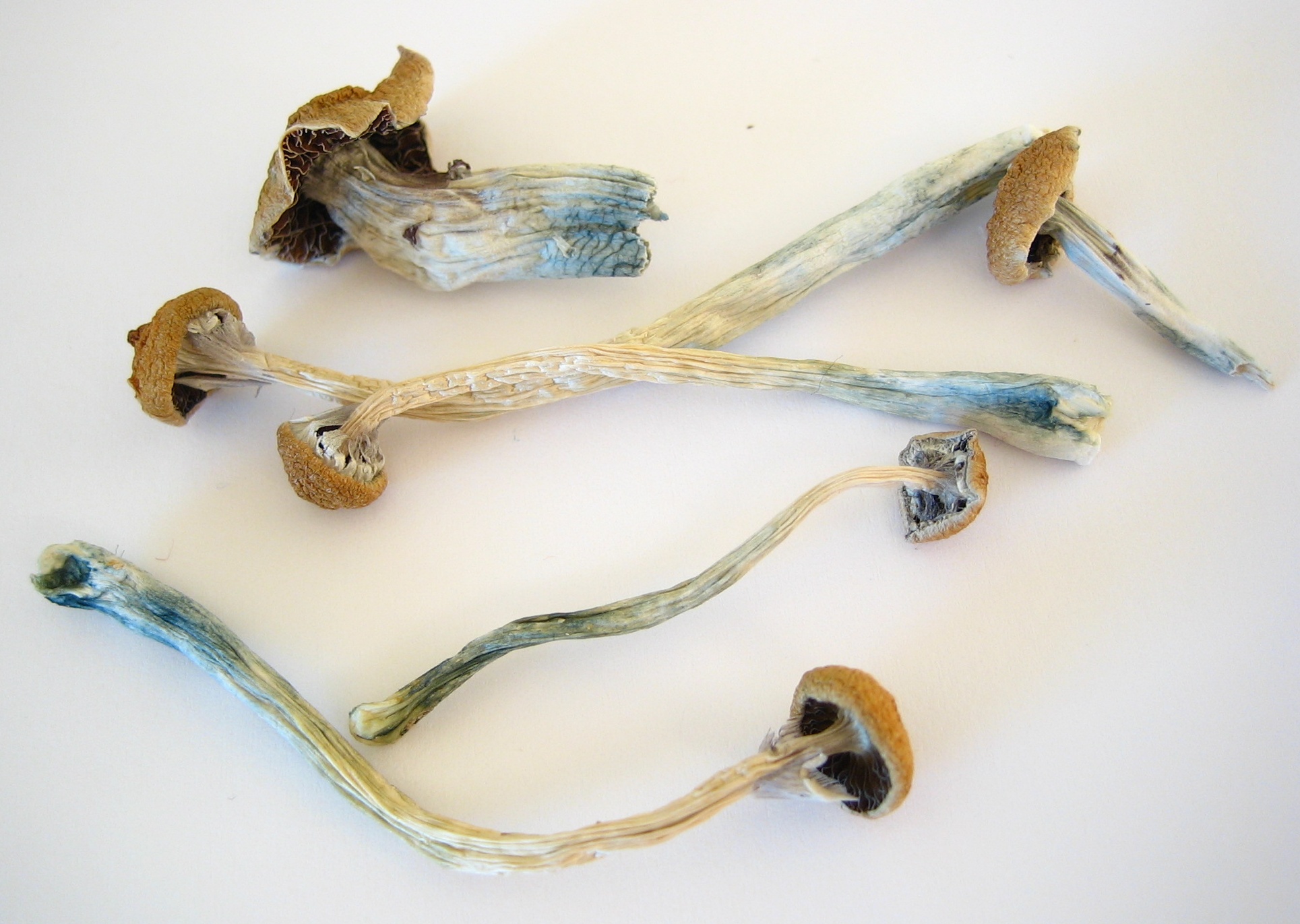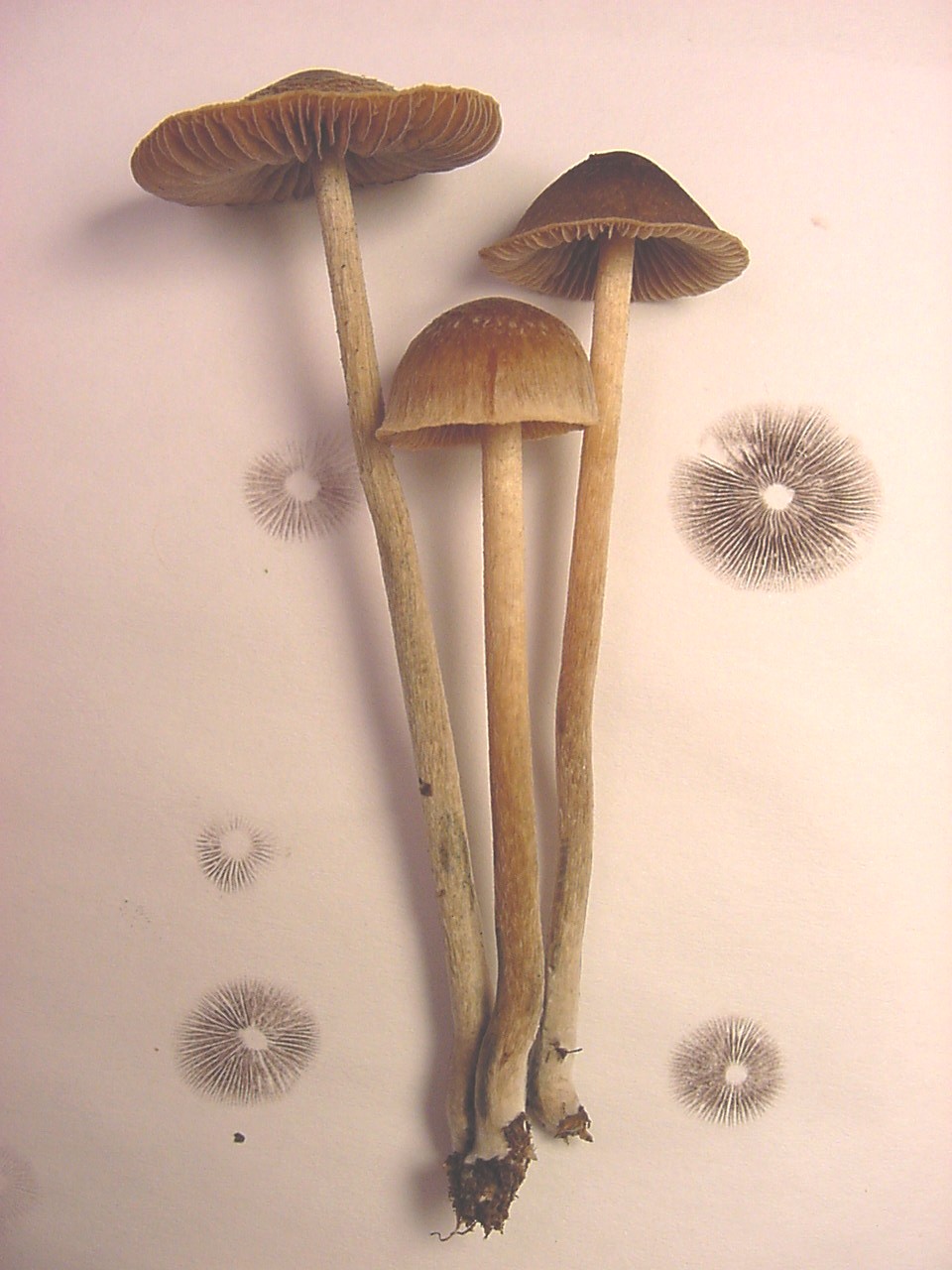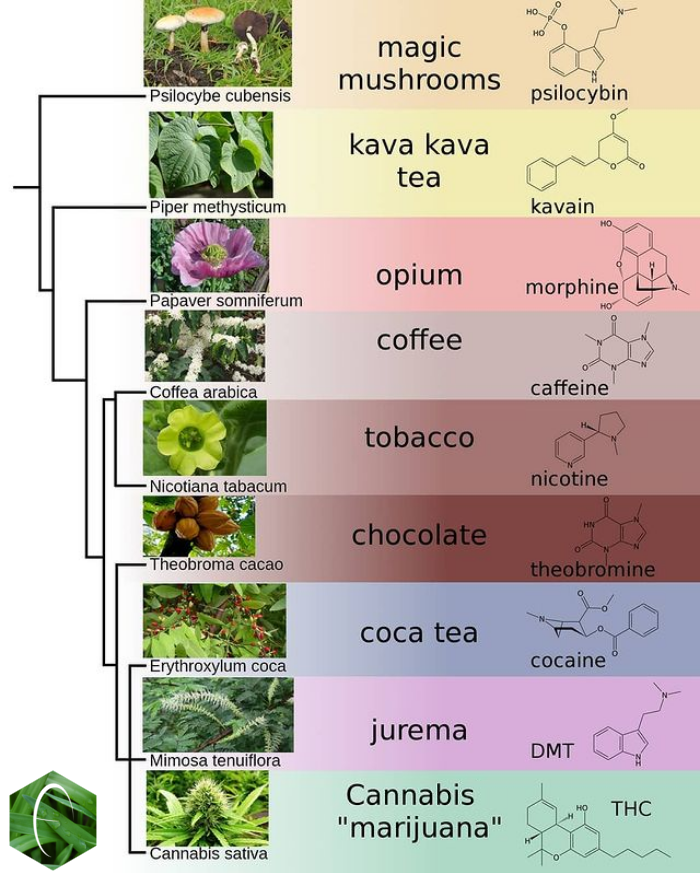|
Psilocybe Subcubensis
''Psilocybe subcubensis'' is an entheogenic species of mushroom in the family Hymenogastraceae. The mushroom contains the medicinal compounds psilocybin and psilocin. ''Psilocybe subcubensis'' was first described by Mexican mycologist Gaston Guzman. It is the pantropical sister species of ''Psilocybe cubensis''. It is macroscopically identical to ''P. cubensis'' but has smaller spores. See also *List of Psilocybin mushrooms *Psilocybin mushrooms *''Psilocybe ''Psilocybe'' ( ) is a genus of gilled mushrooms, growing worldwide, in the family Hymenogastraceae. Most or nearly all species contain the psychedelic compounds psilocybin and psilocin. Taxonomy Taxonomic history A 2002 study of the ...'' References {{Taxonbar, from=Q7255944 Entheogens Psychoactive fungi subcubensis Psychedelic tryptamine carriers Taxa named by Gastón Guzmán ... [...More Info...] [...Related Items...] OR: [Wikipedia] [Google] [Baidu] |
Entheogenic
Entheogens are psychoactive substances that induce alterations in perception, mood, consciousness, cognition, or behavior for the purposes of engendering spiritual development or otherwiseRätsch, Christian, ''The Encyclopedia of Psychoactive Plants: Ethnopharmacology and Its Applications'' pub. Park Street Press 2005 in sacred contexts. Anthropological study has established that entheogens are used for religious, magical, shamanic, or spiritual purposes in many parts of the world. Entheogens have traditionally been used to supplement many diverse practices geared towards achieving transcendence, including divination, meditation, yoga, sensory deprivation, healings, asceticism, prayer, trance, rituals, chanting, imitation of sounds, hymns like peyote songs, drumming, and ecstatic dance. The psychedelic experience is often compared to non-ordinary forms of consciousness such as those experienced in meditation, near-death experiences, and mystical experiences. Ego dissol ... [...More Info...] [...Related Items...] OR: [Wikipedia] [Google] [Baidu] |
Hymenogastraceae
The Hymenogastraceae is a family of fungi in the order Agaricales with both agaric and false- truffle shaped fruitbodies. Formerly, prior to molecular analyses, the family was restricted to the false-truffle genera. The mushroom genus ''Psilocybe'' in the ''Hymenogastraceae'' is now restricted to the hallucinogenic species while nonhallucinogenic former species are largely in the genus ''Deconica'' classified in the Strophariaceae. One of the two known species of ''Wakefieldia'' has been found recently to belong to this family but formal transfer cannot be made until the phylogeny of the type species of the genus is resolved. ''Psathyloma'', added to the family in 2016, was circumscribed to contain two agarics found in New Zealand. Genera *''Alnicola'' (12 species) *''Dendrogaster'' (1 species) *'' Galera'' (4 species) *''Galerina'' (307 species) *'' Galerula'' (3 species) *'' Gymnopilus'' (209 species) *''Hebeloma'' (355 species) *''Hymenogaster'' (79 species) *'' Naematoloma' ... [...More Info...] [...Related Items...] OR: [Wikipedia] [Google] [Baidu] |
Psilocybin
Psilocybin ( , ) is a naturally occurring psychedelic prodrug compound produced by more than 200 species of fungi. The most potent are members of the genus ''Psilocybe'', such as '' P. azurescens'', '' P. semilanceata'', and '' P. cyanescens'', but psilocybin has also been isolated from about a dozen other genera. Psilocybin is itself biologically inactive but is quickly converted by the body to psilocin, which has mind-altering effects similar, in some aspects, to those of LSD, mescaline, and DMT. In general, the effects include euphoria, visual and mental hallucinations, changes in perception, a distorted sense of time, and perceived spiritual experiences. It can also cause adverse reactions such as nausea and panic attacks. Imagery found on prehistoric murals and rock paintings of modern-day Spain and Algeria suggests that human usage of psilocybin mushrooms predates recorded history. In Mesoamerica, the mushrooms had long been consumed in spiritual ... [...More Info...] [...Related Items...] OR: [Wikipedia] [Google] [Baidu] |
Psilocin
Psilocin (also known as 4-HO-DMT, 4-hydroxy DMT, psilocine, psilocyn, or psilotsin) is a substituted tryptamine alkaloid and a serotonergic psychedelic substance. It is present in most psychedelic mushrooms together with its phosphorylated counterpart psilocybin. Psilocin is a Schedule I drug under the Convention on Psychotropic Substances. Acting on the 5-HT2A receptors, psilocin modulates the production and reuptake of serotonin. The mind-altering effects of psilocin are highly variable and subjective and resemble those of LSD and DMT. Chemistry Psilocin and its phosphorylated cousin, psilocybin, were first isolated and named in 1958 by Swiss chemist Albert Hofmann. Hofmann obtained the chemicals from laboratory-grown specimens of the entheogenic mushroom '' Psilocybe mexicana''. Hofmann also succeeded in finding synthetic routes to these chemicals. Psilocin can be obtained by dephosphorylation of natural psilocybin under strongly acidic or under alkaline condition ... [...More Info...] [...Related Items...] OR: [Wikipedia] [Google] [Baidu] |
Gaston Guzman
Gaston is a masculine given name of French origin and a surname. The name "Gaston" may refer to: People First name *Gaston I, Count of Foix (1287–1315) *Gaston II, Count of Foix (1308–1343) *Gaston III, Count of Foix (1331–1391) *Gaston IV, Count of Foix (1422–1472) *Gaston I, Viscount of Béarn (died circa 980) *Gaston II, Viscount of Béarn (circa 951 – 1012) *Gaston III, Viscount of Béarn (died on or before 1045) *Gaston IV, Viscount of Béarn (died 1131) *Gaston V, Viscount of Béarn (died 1170) *Gaston VI, Viscount of Béarn (1173–1214) *Gaston VII, Viscount of Béarn (1225–1290) *Gaston of Foix, Prince of Viana (1444–1470) * Gaston, Count of Marsan (1721–1743) *Gaston, Duke of Orléans (1608–1660), French nobleman *Gaston Bachelard (1884–1962), French philosopher *Gaston Balande (1880–1971), French painter and illustrator *Gaston Browne (born 1967), Antiguan politician and Prime Minister *Gaston Caperton (born 1940), American politician *Gaston Ch ... [...More Info...] [...Related Items...] OR: [Wikipedia] [Google] [Baidu] |
Psilocybe Cubensis
''Psilocybe cubensis ''is a species of psychedelic mushroom whose principal active compounds are psilocybin and psilocin. Commonly called shrooms, magic mushrooms, golden halos, cubes, or gold caps, it belongs to the fungus family Hymenogastraceae and was previously known as ''Stropharia cubensis''. It is the best-known psilocybin mushroom due to its wide distribution and ease of cultivation. Taxonomy and naming The species was species description, first described in 1906 as ''Stropharia cubensis'' by American mycologist Franklin Sumner Earle in Cuba. In 1907, it was identified as ''Naematoloma caerulescens'' in Tonkin (French protectorate), Tonkin (now northern Vietnam) by French pharmacist and mycologist Narcisse Théophile Patouillard, while in 1941, it was called ''Stropharia cyanescens'' by William Alphonso Murrill near Gainesville, Florida, Gainesville in Florida. German-born mycologist Rolf Singer moved the species into the genus ''Psilocybe'' in 1949, giving it the ... [...More Info...] [...Related Items...] OR: [Wikipedia] [Google] [Baidu] |
List Of Psilocybin Mushrooms
Psilocybin mushrooms are mushrooms which contain the hallucinogenic substances psilocybin, psilocin, baeocystin and norbaeocystin. The mushrooms are collected and grown as an entheogen and recreational drug, despite being illegal in many countries. Many psilocybin mushrooms are in the genus ''Psilocybe'', but species across several other genera contain the drugs. General * ''Conocybe'' * ''Galerina'' * ''Gymnopilus'' * ''Inocybe'' * ''Panaeolus'' * ''Pholiotina'' * ''Pluteus'' * ''Psilocybe'' ''Conocybe'' *'' Conocybe siligineoides'' R. Heim *'' Conocybe velutipes'' ( Velen.) Hauskn. & Svrcek ''Galerina'' *''Galerina steglichii'' Besl ''Gymnopilus'' *'' Gymnopilus aeruginosus'' (Peck) Singer (photo) *'' Gymnopilus braendlei'' (Peck) Hesler *'' Gymnopilus cyanopalmicola'' Guzm.-Dáv *'' Gymnopilus dilepis'' (Berk. & Broome) Singer *'' Gymnopilus dunensis'' H. Bashir, Jabeen & Khalid *'' Gymnopilus intermedius'' (Singer) Singer *'' Gymnopilus lateritius'' (Pat.) Murrill * ... [...More Info...] [...Related Items...] OR: [Wikipedia] [Google] [Baidu] |
Psilocybin Mushrooms
Psilocybin mushrooms, commonly known as magic mushrooms, are a polyphyletic informal group of fungi that contain psilocybin which turns into psilocin upon ingestion. Biological genera containing psilocybin mushrooms include ''Psilocybe'', '' Panaeolus'' (including '' Copelandia''), '' Inocybe'', '' Pluteus'', '' Gymnopilus'', and '' Pholiotina''. Psilocybin mushrooms have been and continue to be used in indigenous New World cultures in religious, divinatory, or spiritual contexts. Psilocybin mushrooms are also used as recreational drugs. They may be depicted in Stone Age rock art in Africa and Europe, but are most famously represented in the Pre-Columbian sculptures and glyphs seen throughout North, Central and South America. History Early Prehistoric rock arts near Villar del Humo in Spain, suggests that ''Psilocybe hispanica'' was used in religious rituals 6,000 years ago. The hallucinogenic species of the Psilocybe genus have a history of use among the native peopl ... [...More Info...] [...Related Items...] OR: [Wikipedia] [Google] [Baidu] |
Psilocybe
''Psilocybe'' ( ) is a genus of gilled mushrooms, growing worldwide, in the family Hymenogastraceae. Most or nearly all species contain the psychedelic compounds psilocybin and psilocin. Taxonomy Taxonomic history A 2002 study of the molecular phylogeny of the agarics indicated that the genus ''Psilocybe'' as then defined was polyphyletic, falling into two distinct clades that are not directly related to each other. The blue-staining hallucinogenic species constituted one clade and the non-bluing species the other. The previous type species of the genus, ''Psilocybe '' (now Deconica montana), was in the non-bluing clade, but in 2010 the type species was changed to '' P. semilanceata'', a member of the bluing clade. A 2006 molecular phylogenetic study of the Agaricales by Matheny and colleagues, further demonstrated the separation of the bluing and non-bluing clades of ''Psilocybe'' in a larger, strongly supported phylogenetic tree of the Agaricales. ''Psiloc ... [...More Info...] [...Related Items...] OR: [Wikipedia] [Google] [Baidu] |
Entheogens
Entheogens are psychoactive substances that induce alterations in perception, mood, consciousness, cognition, or behavior for the purposes of engendering spiritual development or otherwiseRätsch, Christian, ''The Encyclopedia of Psychoactive Plants: Ethnopharmacology and Its Applications'' pub. Park Street Press 2005 in sacred contexts. Anthropological study has established that entheogens are used for religious, magical, shamanic, or spiritual purposes in many parts of the world. Entheogens have traditionally been used to supplement many diverse practices geared towards achieving transcendence, including divination, meditation, yoga, sensory deprivation, healings, asceticism, prayer, trance, rituals, chanting, imitation of sounds, hymns like peyote songs, drumming, and ecstatic dance. The psychedelic experience is often compared to non-ordinary forms of consciousness such as those experienced in meditation, near-death experiences, and mystical experiences. Ego d ... [...More Info...] [...Related Items...] OR: [Wikipedia] [Google] [Baidu] |
Psychoactive Fungi
This is a list of psychoactive plants, fungi, and animals. Plants Psychoactive plants include, but are not limited to, the following examples: * ''Cannabis'': cannabinoids * Tobacco: nicotine and beta-carboline alkaloids * Coca: cocaine * Opium Poppy: morphine, codeine, thebaine, papaverine, noscapine, and narceine * ''Salvia divinorum'': salvinorin A * Khat: cathine and cathinone * Kava: kavalactones * Nutmeg: myristicin * Nightshade (''Solanaceae'') plants containing hyoscyamine, atropine, and scopolamine: ** ''Datura'' ** Deadly nightshade (''Atropa belladonna'') ** Henbane (''Hyoscyamus niger'') ** Mandrake (''Mandragora officinarum'') ** Other ''Solanaceae'' * Psychoactive cacti, which contain mainly mescaline: ** Peyote ** Other '' Lophophora'' ** Peruvian Torch cactus ** San Pedro cactus ** Other '' Echinopsis'' * Minimally psychoactive plants that contain mainly caffeine and theobromine: ** Coffee ** Tea (also contains theanine) ** Guarana ** Yerba Mate ** Co ... [...More Info...] [...Related Items...] OR: [Wikipedia] [Google] [Baidu] |
Psychedelic Tryptamine Carriers
Psychedelics are a subclass of hallucinogenic drugs whose primary effect is to trigger non-ordinary states of consciousness (known as psychedelic experiences or "trips").Pollan, Michael (2018). ''How to Change Your Mind: What the New Science of Psychedelics Teaches Us About Consciousness, Dying, Addiction, Depression, and Transcendence'' Sometimes, they are called classic hallucinogens, serotonergic hallucinogens, or serotonergic psychedelics, and the term ''psychedelics'' is used more broadly to include all hallucinogens; this article uses the narrower definition of ''psychedelics''. Psychedelics cause specific psychological, visual, and auditory changes, and often a substantially altered state of consciousness.Leary, Timothy; Metzner, Ralph (1964). ''The Psychedelic Experience: A Manual Based on The Tibetan Book of the Dead'' Psychedelic states are often compared to meditative, psychodynamic or transcendental types of alterations of mind. The "classical" psychedelics, the psy ... [...More Info...] [...Related Items...] OR: [Wikipedia] [Google] [Baidu] |









